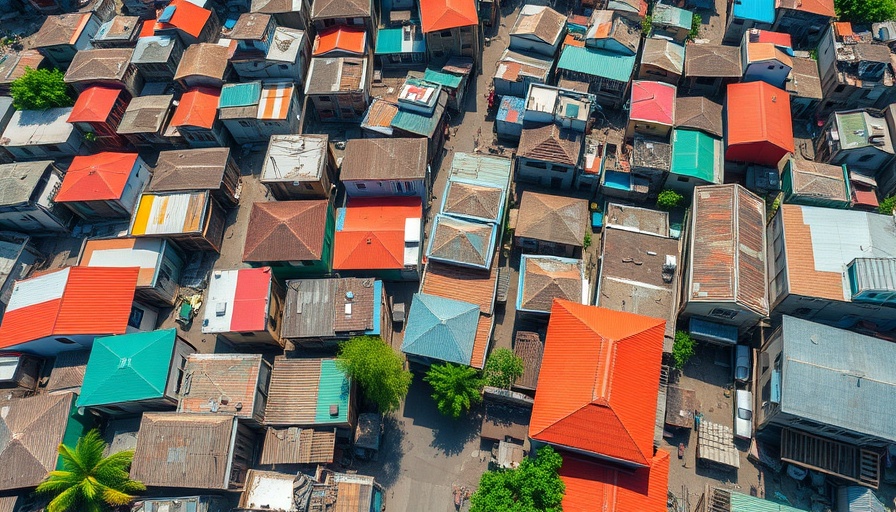
The Rise of Sustainability Reporting Amid Challenges
In an era where sustainability is becoming a vital measurement for corporate success and market value, the CDP (formerly Carbon Disclosure Project) is experiencing what its Asia Pacific market director, Dennis Wan, labels as "greater than ever" interest in environmental disclosures. This spike comes despite the ongoing backlash against ESG (Environmental, Social, and Governance) initiatives and the phenomenon known as 'greenhushing,' where companies downplay their sustainability efforts.
Record Growth in Environmental Disclosures
According to CDP's recent findings, there has been a nearly 50% increase in the number of companies opting for sustainability reporting this year. This significant growth is particularly notable in regions such as Asia Pacific and North America, where the pressure for transparency in environmental data is unwavering. WAN expressed the fundamental importance of data in risk assessment, reinforcing that environmental risk translates directly into financial risk.
Nature Disclosures Gain Traction
Not only are companies adding to their sustainability reports, but there is also a marked increase in requests for disclosures surrounding natural resources like water and forests. As the demand for nature-related data intensifies in financial markets, a record number of firms in the Asia Pacific, especially Japan, have started reporting more environmental metrics compared to the previous year. This development underscores a global shift toward valuing biodiversity and the sustainable management of natural resources, aligning closely with the goals set out in various sustainability initiatives.
The Dichotomy of ESG Regulations
Despite the efforts to promote sustainability transparency, regulatory frameworks are undergoing scrutiny. While the European Union has historically been at the forefront of sustainability regulations, it faces criticism for postponing the implementation of vital initiatives, such as the Corporate Sustainability Reporting Directive (CSRD). This inconsistency among regulatory bodies can create confusion and might hinder progress, yet the CDP reports that in the U.S., the momentum for disclosures remains strong, indicating a gap in regional regulatory enforcement.
Why Disclosing Data Matters
Companies are realizing that voluntary disclosure of their sustainability practices is no longer just an ethical decision but a strategic imperative. Engaging in sustainability reporting aids firms in showcasing their commitment to environmental conservation and responsible consumption, which resonates well with eco-conscious consumers. Furthermore, disclosing accurate data assists organizations in reducing their carbon footprints and implementing greener practices.
Looking Forward: The Future of Sustainable Practices
As we look ahead, it's imperative for businesses to continue prioritizing transparency and sustainability. The ongoing push for eco-friendly transportation, circular economy practices, and renewable energy adoption poses significant opportunities for innovation within corporate strategies. By integrating these sustainability principles, companies not only contribute to environmental efforts but also foster resilient brands that appeal to today's socially responsible consumers.
Conclusion: A Call to Action
To foster a sustainable future, it is essential for businesses not only to report their environmental impact but to also actively engage in meaningful practices that contribute positively to the planet. As eco-friendly choices become a hallmark of modern consumerism, companies have a golden opportunity to align with this ethos, showcasing their commitment to sustainable living and eco-friendly products.
If you are a part of a company or organization looking to enhance your sustainability practices, don’t hesitate to explore implementing robust sustainability reporting systems. Every effort counts towards mitigating climate change, enhancing biodiversity, and striving for a more sustainable future.
 Add Row
Add Row  Add
Add 



Write A Comment